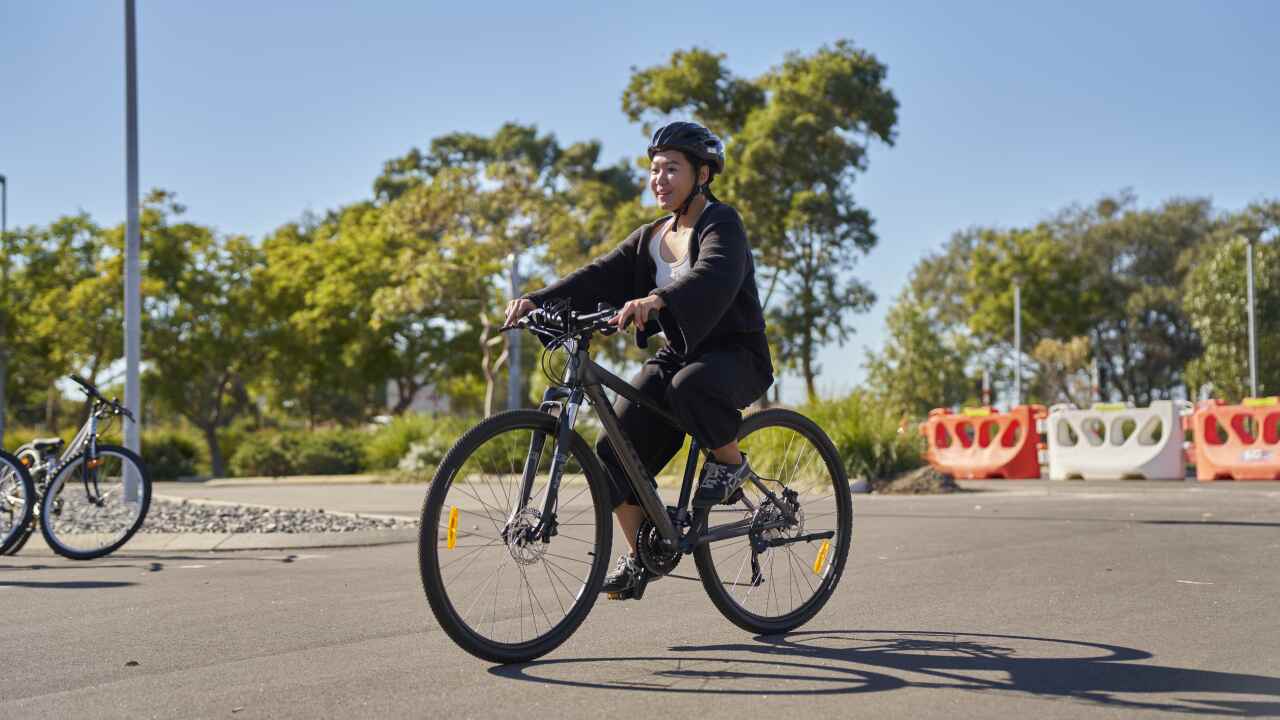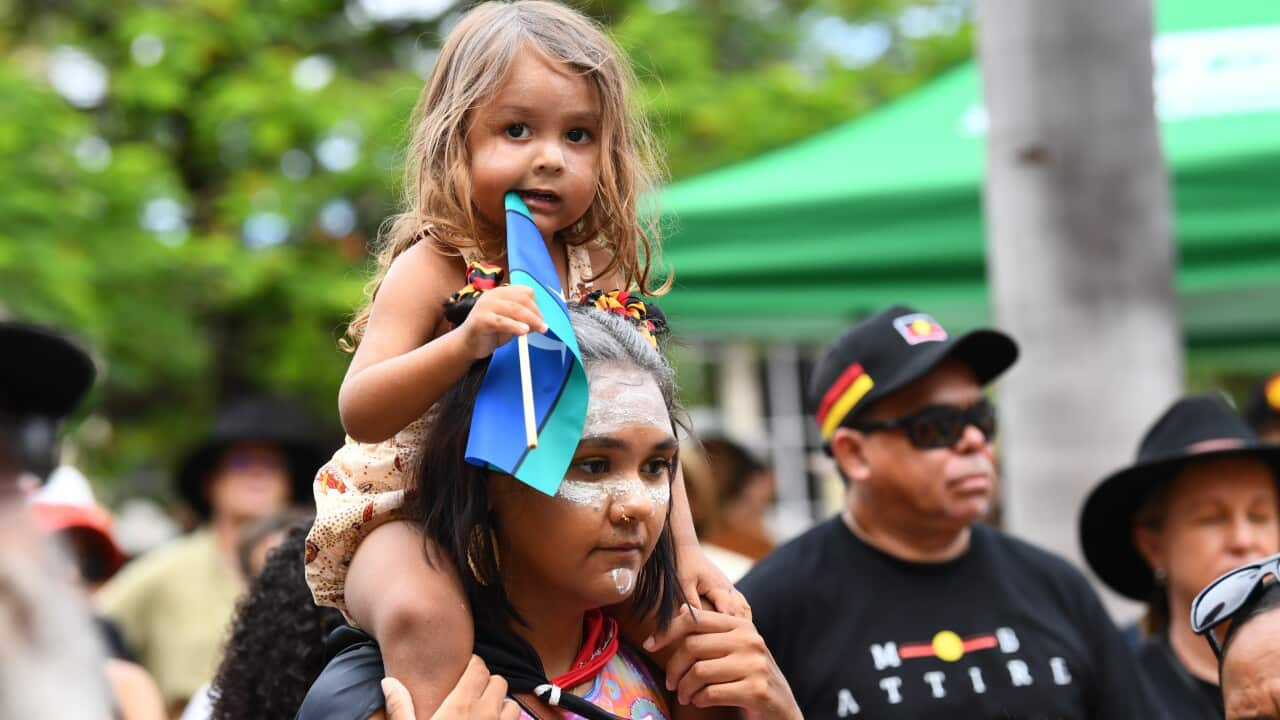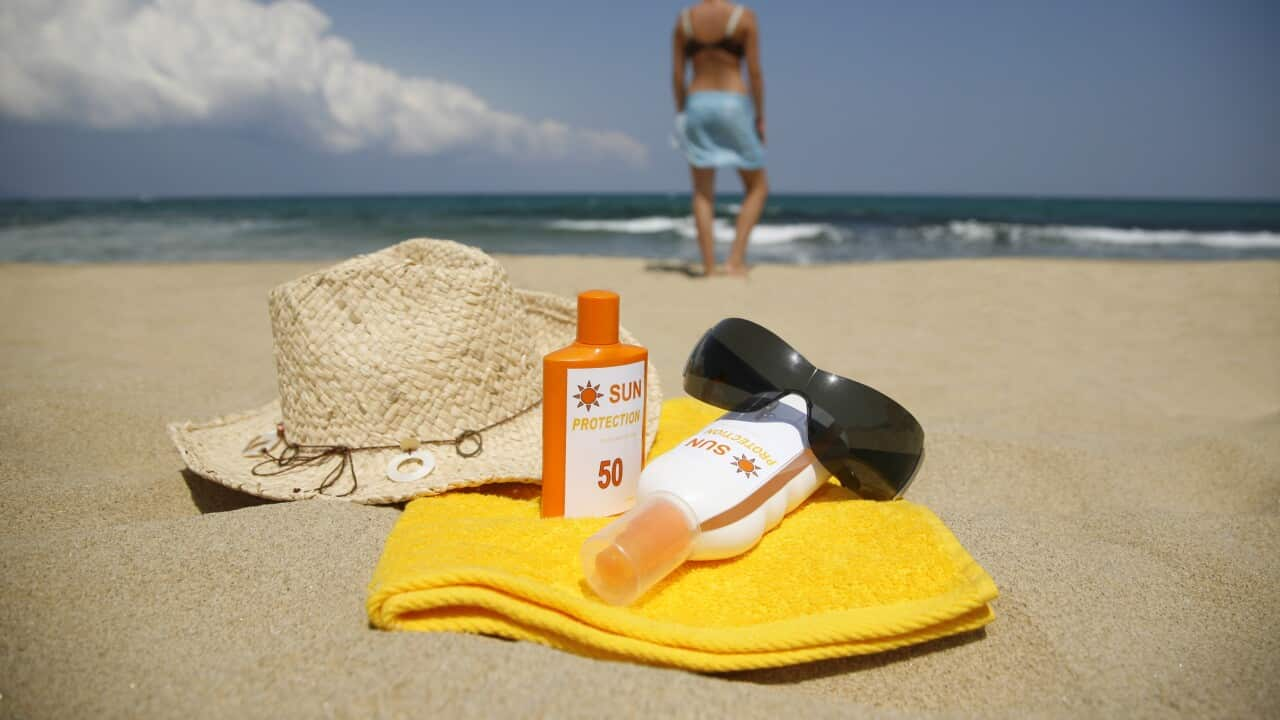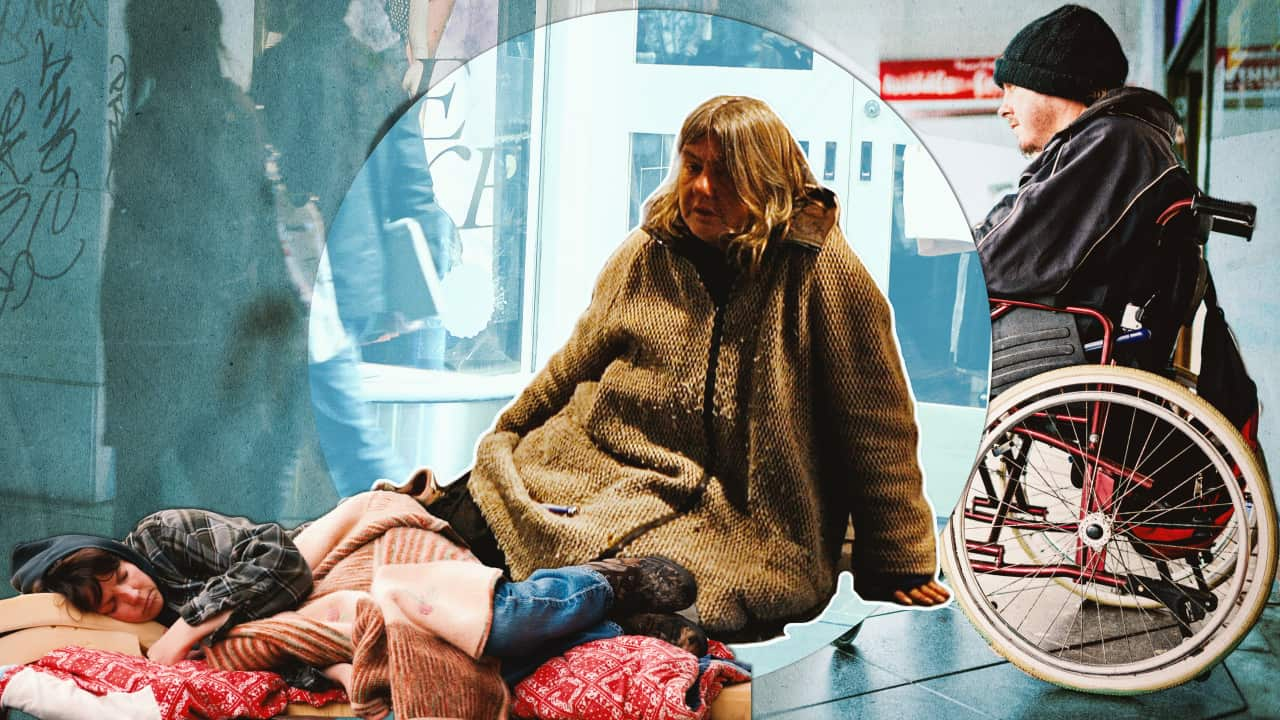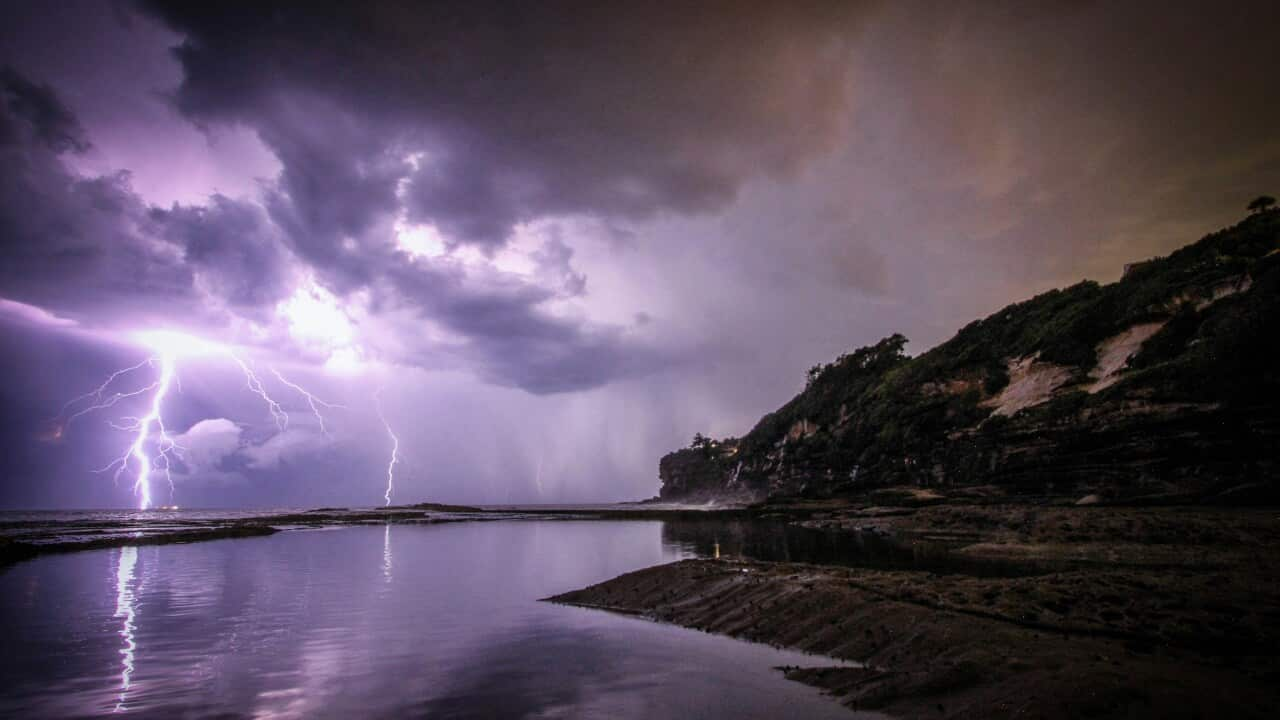Key Points
- Heating devices and smoking are frequently associated with fire risk, but a house fire can start from any heat source.
- Taking precautions around flammable materials kept at home is key to preventing a fire.
- Children should be taught about home fire safety, prevention, and fire emergency response.
Falling victim to a house fire is not something that crosses most people’s minds often. Although most fires are preventable, once out of control, their consequences can be tragic and irreversible.
Knowing the risks and prevention measures required to avoid one from sparking can mean the difference between life and death.
According to a , more people are killed in residential fires in Australia each year than through other natural hazards, including floods, storms, and bushfires combined.
“Between 2003 and 2017, 900 people died in preventable residential fires,” says Andrew Gissing, co-author of the study and CEO of Natural Hazards Research Australia.

Residential fires can happen any time of the year. Contributing factors leading to preventable fires include an individual’s behaviour and their surrounding environment. Getty Images/Robert Niedring Credit: Robert Niedring/Getty Images/Cavan Images RF/Getty Images
“When we look at the tragic victims of preventable residential fires, there was often a co-occurrence of a range of different factors which surrounded those individuals, their behaviours, their residential environment.”
However, he adds preventable residential fires are commonly caused by “cigarettes, electrical faults, heaters and open fires”.
LISTEN TO MORE FROM THE SETTLEMENT GUIDE

What are Australia’s Emergency Warnings and Fire Danger Ratings and how should you respond?
SBS English
27/09/202211:31
Basic home fire safety practices include having working smoke alarms, a fire escape plan and not leaving cooking unattended.
But prevention starts from knowing the risks associated with heat sources and responding accordingly, says Mark Halverson, Executive Manager for Fire Safety at the Queensland Fire and Emergency Services (QFES).

All Australian states and territories have their own specific smoke alarm requirements. Authorities urge everyone to replace smoke alarm batteries annually. Getty Images/sturti. Credit: sturti/Getty Images
“That heat source can be anything from our heating devices, cooking devices and from batteries that are being charged inappropriately or incorrectly.”

Smoke coming out from oven Credit: Henrik Sorensen/Getty Images
Combustion prevention
Research shows most fatal residential fires occur during the colder months, due to the unsafe use of heating devices or methods.
“Preventable residential fire fatalities occur more commonly during winter ... caused by heaters or open fires,” Mr Gissing says.
Fire authorities urge people to use their heating devices in accordance with their manufacturer's recommended practices. This means avoiding using outdoor heating equipment indoors, including those that use heat beads or Liquefied Petroleum Gas (LPG) as a fuel source.
Heating equipment designed for outdoor use is not suitable indoors, as it can also lead to a build-up of carbon monoxide which could become lethal.
MORE FROM THE SETTLEMENT GUIDE

How to call an ambulance anywhere in Australia
SBS English
20/12/202209:50
In recent years, there has been a significant spike in residential fires in Australia caused by lithium-ion battery-powered devices, particularly e-scooters which use energy-dense batteries.
“Because an e-scooter battery does contain quite a lot of power, if a fire occurs, there's far more energy and there's far more opportunity for that to spread rapidly,” Mr Halverson explains.
According to state fire department data, have been linked to lithium-ion batteries in the past 18 months.
“The number one problem is that people are using the incorrect charger for their specific device,” Mr Halverson warns.
Just because a battery charger will connect to a device, it doesn't necessarily mean that that's the correct charger.Mark Halverson, Executive Manager for Fire Safety at the Queensland Fire and Emergency Services (QFES)

From mobile phones and toothbrushes to larger items, such as vacuum cleaners and laptops, many household rechargeable devices run on lithium-ion batteries. Getty Images/Chonticha Vatpongpee / EyeEm Credit: Chonticha Vatpongpee / EyeEm/Getty Images
Mr Halverson says people who need to store any type of fuel (like lawn mower or vehicle fuel) must remember to keep it in a proper container, away from other devices, and protected from excess heat or direct sunlight.
“Fuels and fertilisers just don't mix well at all,” he warns.
“A key factor to safety in the home is ensuring that all of those different types of materials should be kept separately and in appropriate containers.”

Careless use or storage of flammable products at home can easily start a fire. Getty Images/NoDerog Credit: NoDerog/Getty Images
While they do not prevent a fire from occurring, they may give people warning to evacuate, or even the opportunity to extinguish a fire at its infancy.
But Mr Halverson warns against attacking a fire when unprepared.
“If people are not confident or don't have the right equipment to attack that fire themselves, the most important thing they can do is to take themselves and their families and anyone else in the home immediately outside and then call triple zero to request the response of the local fire service.”

It is not advisable to extinguish a fire on your own, unless the fire is localised, and you know how to use the right equipment. Getty Images/Michael Blann Credit: Michael Blann/Getty Images
Fire prevention and children
People older than 65 or younger than five are most of risk of injury during fires.
Children are also more vulnerable to burn injuries, even when exposed to small and easily extinguishable fires, Simone Sullivan, Manager of the Kids Health Promotion Unit at the Sydney Children’s Hospital Network says.
“Their skin tends to be thinner than adults ... Their skin burns a lot deeper and quicker at a lower temperature.”

Children are naturally quite curious, so heat-related accidents can happen in seconds if a child is left unattended in the kitchen. Getty Images/tolgart Credit: tolgart/Getty Images
Teaching children about home fire safety goes beyond just ensuring they know how to call triple 000. It should include .
“The first thing is to prepare a home fire escape plan and practice it with the family,” Ms Sullivan says.
“Make it really simple, make it fun, make it engaging, and try to implement practical activities.”
Ms Sullivan also suggests teaching children what to do through memorable, catchy phrases.
“Teach them to 'get down low and go, go, go!' in case of a house fire, as the air tends to be cooler and cleaner closer to the ground.”
“And if their clothes catch on fire teach them to 'stop, drop, cover and roll'."
Dropping to the ground prevents the flames from rising to the face, and covering the face with your hands will help avoid injuries.

Ensure that every occupant of the house knows what they need to do in case of fire. Getty Images/Imgorthand Source: AAP
“Explain the purpose of a smoke alarm, how it works, where it is, what it looks like, what sound it will make during a fire but also when the battery's low.
“So that, should there be a fire they don't start to panic because they're familiar with what the sound is and they're familiar with what they need to do.”
Home fire safety tips for parents and carers
- – (Translations available in Nepali, Simplified Chinese, Arabic, Farsi, Hindi, Karen, Punjabi, Samoan, Vietnamese)

